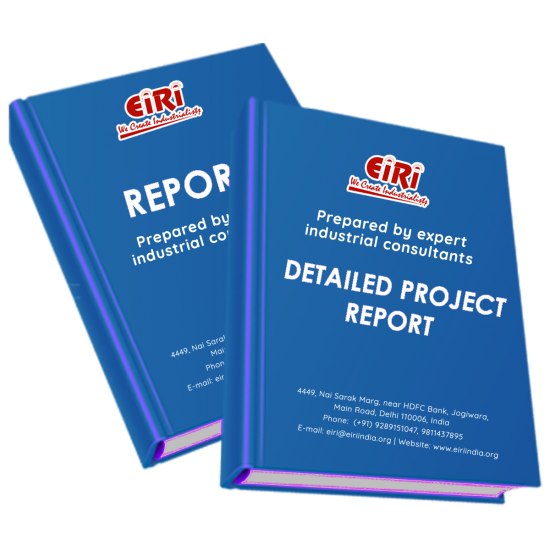Description
INTRODUCTION
CATIONIC FABRIC SOFTENERS
CATIONIC SURFACTANTS USED AS FABRIC SOFTENERS
DIETHYL ESTER DIMETHYL AMMONIUM CHLORIDE (DEEDMAC)
TEAQ (TRIETHANOLAMINE QUAT)
HEQ (HAMBURG ESTERQUAT)
DISTEARYLDIMETHYLAMMONIUM CHLORIDE (DSDMAC)
ANIONIC FABRIC SOFTENERS
ROLE OF SOFTENERS IN TEXTILE PROCESSING
NON-IONIC SOFTENERS:
ADVANTAGES
DISADVANTAGES
ANIONIC SOFTENERS:
ADVANTAGES
DISADVANTAGES
CATIONIC SOFTENERS:
ADVANTAGES
DISADVANTAGES
USES AND APPLICATION
MARKET OVERVIEW OF SOFTENER
KEY PLAYERS:
GLOBAL QUATERNARY AMMONIUM MARKET
MARKET-O-NOMICS
DETAILS OF QUATERNARY AMMONIUM SALT SOFTENER MANUFACTURE
TYPICAL IMIDAZOLINIUM SOFTENING COMPOUNDS INCLUDE:
TYPICAL QUATERNARY AMMONIUM SALTS OF FORMULA (2) INCLUDE THE FOLLOWING:
EXAMPLE 1
FORMULATION OF QUATERNARY AMMONIUM SALT SOFTENER (POWDER FORM)
PROCESSES AND FORMULATION OF FABRIC SOFTENER
FABRIC SOFTENER
EXAMPLE 1
A FIRST EXAMPLE OF A LIQUID FABRIC SOFTENER COMPOSITION:
EXAMPLE 2
A SECOND, FRAGRANCE-FREE, EXAMPLE OF A LIQUID FABRIC SOFTENER COMPOSITION:
EXAMPLE 3
A THIRD EXAMPLE OF A LIQUID FABRIC SOFTENER COMPOSITION:
EXAMPLE 4
A FOURTH EXAMPLE OF A LIQUID FABRIC SOFTENER COMPOSITION:
EXAMPLE 5
A FIFTH EXAMPLE OF A LIQUID FABRIC SOFTENER COMPOSITION:
PRINCIPLES OF PLANT LAYOUT
STORAGE LAYOUT:
EQUIPMENT LAYOUT:
SAFETY:
PLANT EXPANSION:
FLOOR SPACE:
UTILITIES SERVICING:
BUILDING:
MATERIAL-HANDLING EQUIPMENT:
RAILROADS AND ROADS:
MAJOR PROVISIONS IN ROAD PLANNING FOR MULTIPURPOSE SERVICE ARE:
PLANT LOCATION FACTORS
PRIMARY FACTORS
1. RAW-MATERIAL SUPPLY:
2. MARKETS:
3. POWER AND FUEL SUPPLY:
4. WATER SUPPLY:
5. CLIMATE:
SPECIFIC FACTORS
6. TRANSPORTATION:
A. AVAILABILITY OF VARIOUS SERVICES AND PROJECTED RATES
7. WASTE DISPOSAL:
8. LABOR:
9. REGULATORY LAWS:
10. TAXES:
11. SITE CHARACTERISTICS:
12. COMMUNITY FACTORS:
13. VULNERABILITY TO WARTIME ATTACK:
14. FLOOD AND FIRE CONTROL:
EXPLANATION OF TERMS USED IN THE PROJECT REPORT
1. DEPRECIATION:
2. FIXED ASSETS:
3. WORKING CAPITAL:
4. BREAK-EVEN POINT:
5. OTHER FIXED EXPENSES:
6. MARGIN MONEY:
7. TOTAL LOAD:
8. LAND AREA/MAN POWER RATIO:
PROJECT IMPLEMENTATION SCHEDULES
INTRODUCTION
PROJECT HANDLING
PROJECT SCHEDULING
PROJECT CONSTRUCTION SCHEDULE
TIME SCHEDULE
SUPPLIERS OF RAW MATERIALS
SUPPLIERS OF PLANT AND MACHINERY
APPENDIX – A:
01. PLANT ECONOMICS
02. LAND & BUILDING
03. PLANT AND MACHINERY
04. OTHER FIXED ASSESTS
05. FIXED CAPITAL
06. RAW MATERIAL
07. SALARY AND WAGES
08. UTILITIES AND OVERHEADS
09. TOTAL WORKING CAPITAL
10. TOTAL CAPITAL INVESTMENT
11. COST OF PRODUCTION
12. TURN OVER/ANNUM
13. BREAK EVEN POINT
14. RESOURCES FOR FINANCE
15. INSTALMENT PAYABLE IN 5 YEARS
16. DEPRECIATION CHART FOR 5 YEARS
17. PROFIT ANALYSIS FOR 5 YEARS
18. PROJECTED BALANCE SHEET FOR (5 YEARS)



